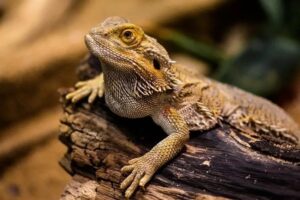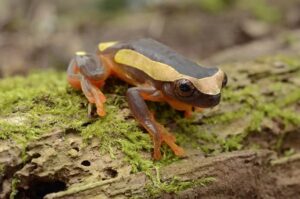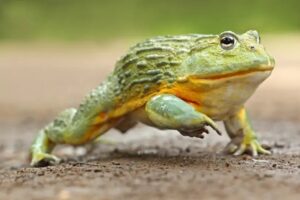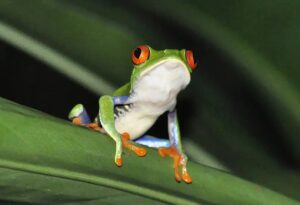Guinea Pig Care Guide: Tips and Care Sheet for 2023


Have you ever considered what it would be like to own a guinea pig? These adorable little creatures will quickly win your heart. Here, we provide all the information about owning and caring for one. Let’s get going and find out all there is to know about guinea pigs!
Multiprint (divider/multiscan)
Guinea Pig Facts
It is thought that Guinea pigs originated from South America’s Andes Mountains as domesticated, domesticated creatures rather than wild ones. Their initial purpose of domestication may have been for food purposes but, after being brought over to North America and Europe in the 16th century, they quickly became popular household pets.
Guinea Pigs weigh from 1.5-2.5 pounds and range between 8-16 inches long, living for at least four years but with proper care can even live to eight. Their coat colors include black, brown and white as well as tortoiseshell, white tortoiseshell, long haired breeds like the brindle dalmatian Dutch as well as ones without hair at all! They can even live completely hairless!
Guinea pigs differ from other rodents in that they are much more developed at birth than rats or mice. Guinea pigs are bigger than rats but smaller than rabbits; additionally they don’t possess tails.
Do Guinea Pigs Make Good Pets? Once you decide to own a guinea pig, you will soon realize they are quite social creatures. Not only do they thrive when living with another guinea pig but they also enjoy regular interaction with humans – approaching hands placed into their cage with ease when socialized early enough. When handled and played with properly from young age on, handling becomes simple.
Guinea pigs tend to have unpredictable sleeping habits that can be hard to predict. Being prey animals, their instinct is often to take short naps throughout the day without ever closing their eyes properly for sleep. Guinea pigs typically become most active around dawn and dusk; however, they will likely remain active day or night!
Unsurprisingly, guinea pigs require daily interaction and feedings compared to smaller rodents like hamsters which can survive without human interaction for several days at a time. For optimal health, they require at least some time outside their cage every day in order to build relationships and stretch out their legs a little bit more freely.
Guinea pigs need daily meals of fresh food such as hay, fruits, and veggies as well as water; in return for which they’ll show their thanks with plenty of adorable squeaks!






